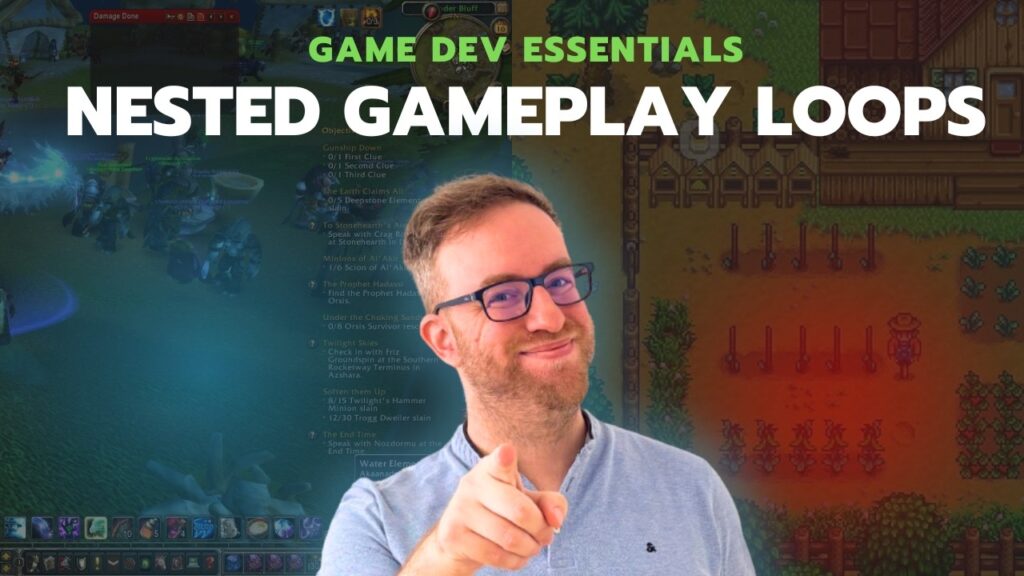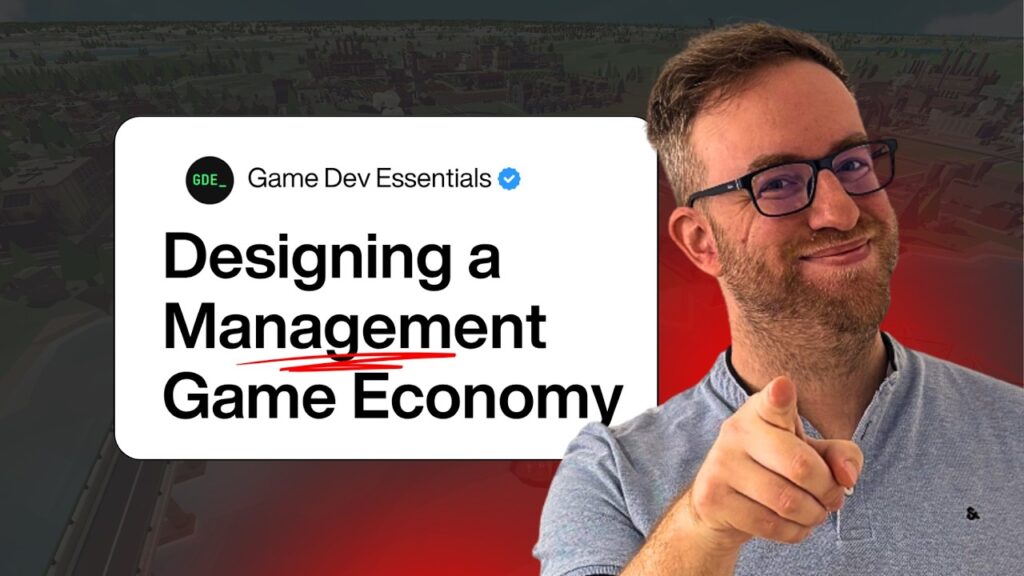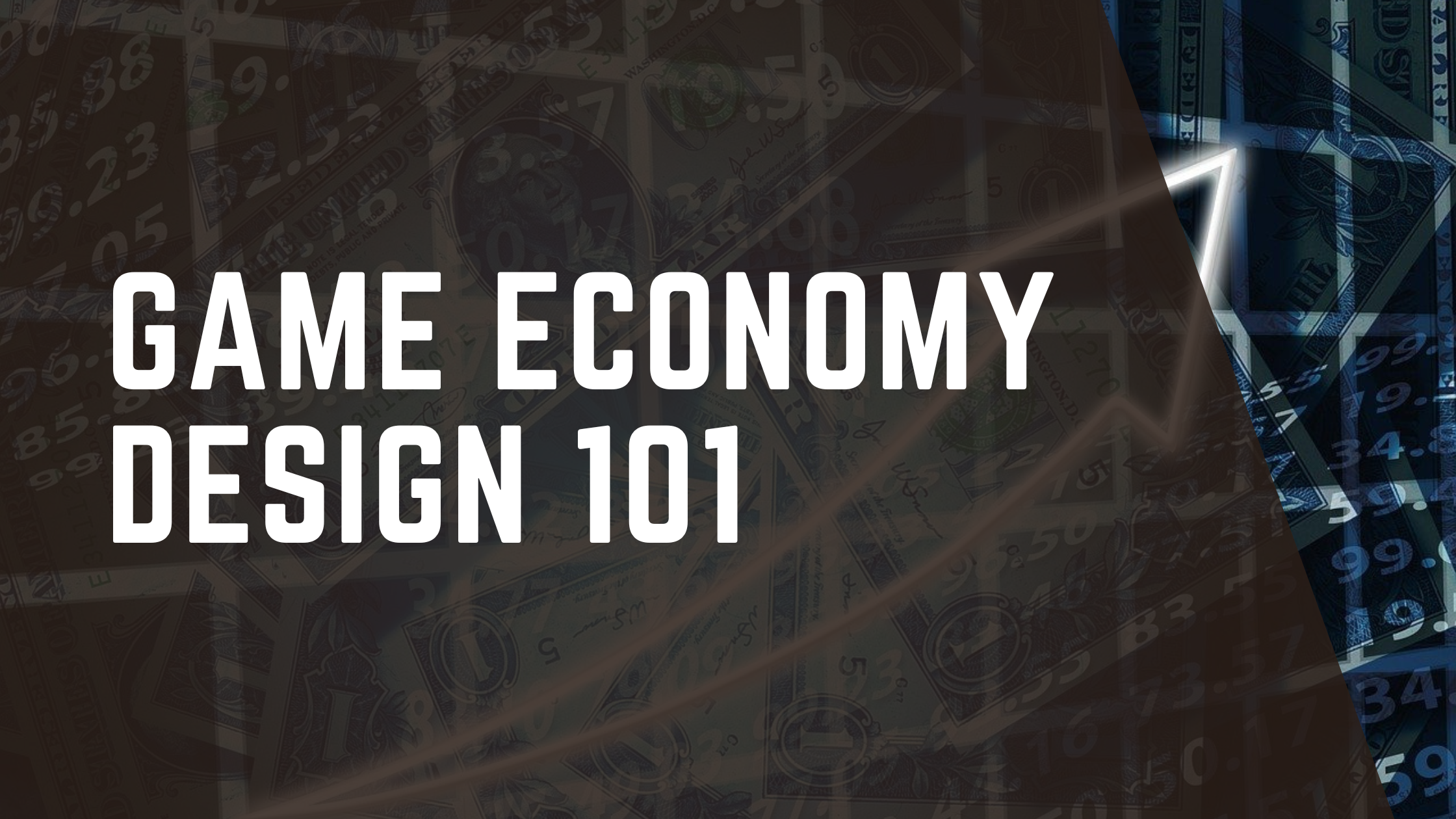An in-game economy is the system that decides how players earn, spend, and feel rewarded. Get it right, and you’ve got a game that keeps people motivated for months. Get it wrong, and you’ve got frustration, backlash, and players bouncing to something else.
A good game economy isn’t about being stingy or overly generous; it’s about balance. It needs to make progression feel fair, keeps rewards exciting, and makes every session worth coming back to. The goal here isn’t to turn you into an economist overnight, but to give you a clear framework for designing an economy that’s fun, fair, and sustainable for you and your game.
Foundations Of A Game Economy
At its simplest, a game economy is the flow of stuff: the resources, currencies, and items that players earn, trade, and spend. Gold in an RPG, ammo in a shooter, cards in a deckbuilder. They’re all part of the same system. What matters isn’t just what exists, but how it moves around.
Designers often talk about faucets and sinks. Faucets are where things come from: loot drops, quest rewards, and daily bonuses. Sinks are where they go: shops, upgrades, crafting, burning through consumables to stay alive in battle. When the faucet gushes and the sinks can’t keep up, you get inflation and flooded inventories. If the sinks demand too much and the faucet’s a trickle, players feel starved and frustrated.
The trick is balance. Every resource in your in-game economy should have a purpose. If you add a new currency, it should solve a design problem, not just clutter the system. Too many layers confuse players; too few and your game loops are shallow. The healthiest economies start simple: one or two clear resources, sinks that matter, and a progression path that feels intentional. Depth can always come later.
Balancing Challenge, Progression and Rewards

If you want to learn more about how a game economy works within a gameplay loop, I made a video on exactly that!
A good in-game economy isn’t just about resources moving around – it’s about how that flow matches the player’s journey. Progression needs to feel like a climb: challenging enough that players stay engaged, but generous enough that they see the reward at the end of the hill.
This is where pricing curves come in. Some games go linear: each upgrade costs a little more than the last. Others go exponential: every step up is a leap. Neither is wrong, but each sends a different message about how players should value their time. Too flat, and progression feels trivial. Too steep, and it feels like a grind that a lot of players don’t have the time for.
The rewards themselves matter just as much as the curve. Cosmetic rewards keep things fresh and let players visually express themselves, upgrades make the loop punchier, and story beats give emotional weight. The key is making sure every reward feels like it ties back to the core loop, not a chore bolted onto the side. If your economy asks players to do busywork for the sake of it, they’ll spot the padding and won’t want to give it their time.
At its best, economy design doesn’t separate challenge and progression – it blends them together. The hurdles players clear and the rewards they earn should feel like two halves of the same rhythm. That’s what keeps motivation alive in the long-term.
Monetisation Without Breaking Trust
Here’s the other aspect of your game economy – monetisation. Every (freemium, free-to-play, or live service) game economy eventually collides with how the game – in real life – makes revenue. Players can smell an exploitative system a mile away. If the economy feels like it’s built to squeeze the player dry, trust evaporates. Once you lose that, good luck getting it back.
The best monetisation strategies feel like an extension of the existing economy, not a takeover. Cosmetics are the classic example: they don’t break balance, but they give players ways to personalise their experience. Convenience options, when handled with care, can also work: saving time without bypassing the core challenge. And battle passes, when priced fairly, strike a balance between steady rewards and clear value.
But what are the red flags? Hard paywalls that block progression unless you open your wallet, or stat-boosting purchases that let someone skip the grind entirely. The pay to win model poisons the long-term health of the game. An economy should motivate play first, spending second.
Think of monetisation as just another sink and faucet in your economy design. If it fits naturally into the flow and respects the player’s time and effort, it can enhance engagement rather than undercut it.
Testing and Iterating
Even the sharpest game economy design looks different once it’s in the wild. Players are unpredictable – they’ll break systems you thought were airtight, or ignore rewards you assumed were irresistible. That’s why testing isn’t optional; it’s the only way to see if your economy actually holds up.
Telemetry is your best friend here. Track how resources move: where players earn too much, where they get bottlenecked, when they stop spending entirely. Again, pay attention to faucet vs sink balance, as well as the time to first meaningful purchase, and churn after dead ends metrics. Numbers tell the story long before reviews do.
But data alone isn’t enough. Soft launches, betas, and early access give you the qualitative feedback you can’t get from spreadsheets, and are incredibly helpful. Listen closely to what frustrates players: but don’t act rashly. Randomly adjusting prices or drop rates just adds chaos. Every change should be intentional, rooted in the kind of experience you want the economy to support.
A good in-game economy isn’t static. It’s tuned, retuned, and sometimes overhauled as the game grows. Fix cracks, reinforce what works, and keep the system aligned with both player motivation and long-term sustainability.
The Takeaway

If you want to learn more on the do’s (and don’ts) when designing an economy, I’ve got a whole video on how I designed the economy of Rise Of Industry, check it out!
A healthy game economy isn’t about stuffing your game with currencies and hoping it balances itself. It’s about clarity, fairness, and sustainability. Start with the foundations: a simple flow of resources with clear faucets and sinks. Layer in progression that challenges without grinding and rewards that feel worth the effort. Treat any monetisation as part of the economy, not a shortcut, and never forget that trust with the players is as valuable as any premium currency you invent.
Most importantly, keep testing. Players will always find the cracks, and it’s your job to patch them without breaking what works. An in-game economy design isn’t something you “finish”, it’s a living system that grows alongside the game itself.
The best economy respects both sides of the table: the player’s time and the developer’s need for sustainability. Nail that balance, and you’ll build an economy that keeps players engaged and coming back for more.


Leave a Reply